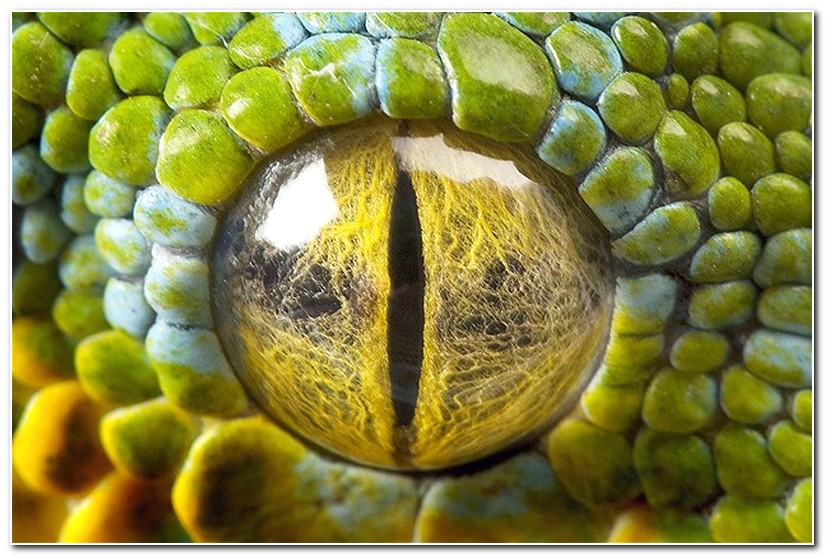- Messages
- 323
back in the day it was much easier to comply with safety and EMC as the requirements were much easier to pass, if they actually existed at all. For example, what importance had the 2.4GHz area in 1989, or what importance had the power used by AC adaptors when nobody used them, etc. One also has to wonder how dangerous it could be if there were no requirements at all haha.Thanks Santiago, for the insight!
For me it wasn't boring at all, since this answered my questions :)
I'm an electrical engineer as well, and we are about similar age, I guess (was born in 1975). So we've kind of witnessed the "history of development" of rather complex tube amps also from a rather technical point of view.
For my 6-months diploma internship I worked at Stamer Musikanlagen, back in 1998/99.
Stamer was and - to my knowledge - still is the manufacturing company for, or behind the brands Hughes & Kettner, HK Audio, among a few others.
They already must've been quite ahead in the mid-90s, for a still rather young company then. AFAIR, they used soldering and population automation, when I was there. Which of course is a consequence of the quantities of units you want to manufacture profitably, in a given period of time.
Also I vaguely remember a copper cladded EMC testing lab...
However, in the mid 90s suddenly we had 3 or 4 channel switchers, like the Diezel VH-4, ENGL Savage 120, or, well, Hughes& Kettner Triamp Mk I, (just to name a few). Apart from "simply" getting such an amp to work and sound good, all other fields you mentioned above, must already have been quite challenging, even back then.
For me as a hobbyist amp builder, who doesn't sell his amps or services, it's all about getting an amp to work and sound good, and that I or others won't get hurt, when it is connected to power.
I can barely estimate how much time and effort has to be put in a product to meet as many worldwide standards as possible.
I wonder how smaller companies like, for example Diezel do this, they're only 4 folks (!). In the end, it must be - like you said - "just" learning by doing (and allowing to fail, which is another meaning of "learning").
H&K were quite innovative back in the 90s although somehow they never really 'made it' to the top and remained as a good brand, somehow popular in Europe but not much more I think.
Smaller companies probably start like you or I would do, making a handful of amps here and there that you sell to your circle, then you invest the money you make and increasing your sales and testing, etc. or you are lucky and someone invests in your business. Tube amps are relatively easy to comply with safety (usually some heat issues here and there and a couple of minor safety problems, EMC is quite easy as normally there is not much computer work in there nor switched mode supplies or other 'noisy' circuits)



